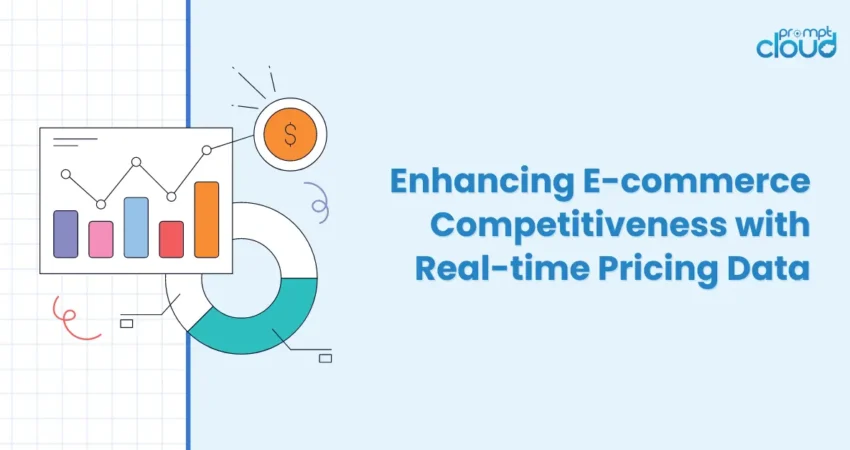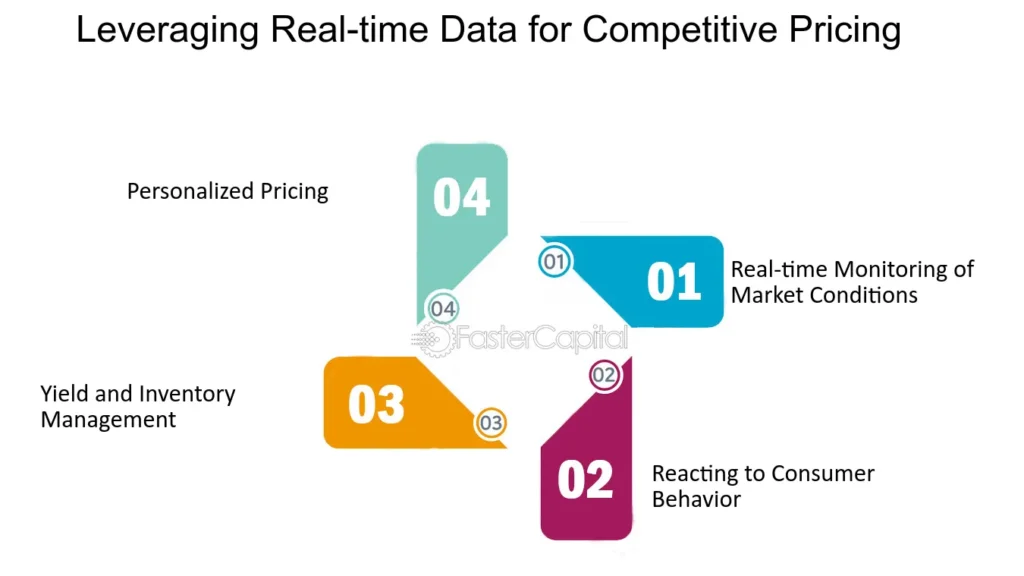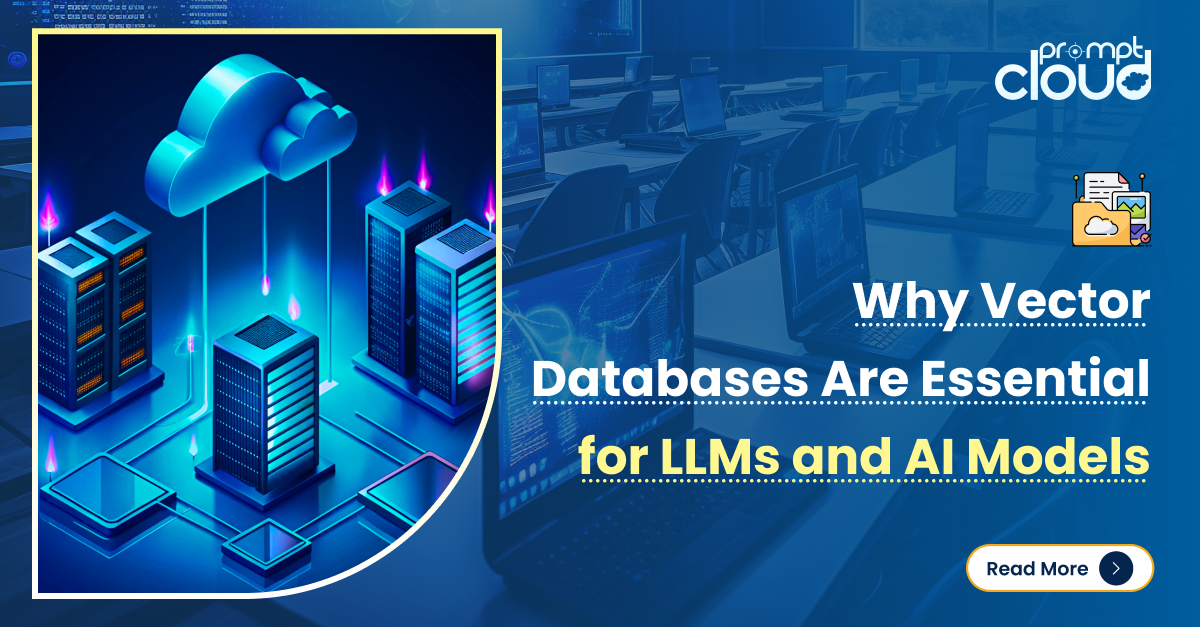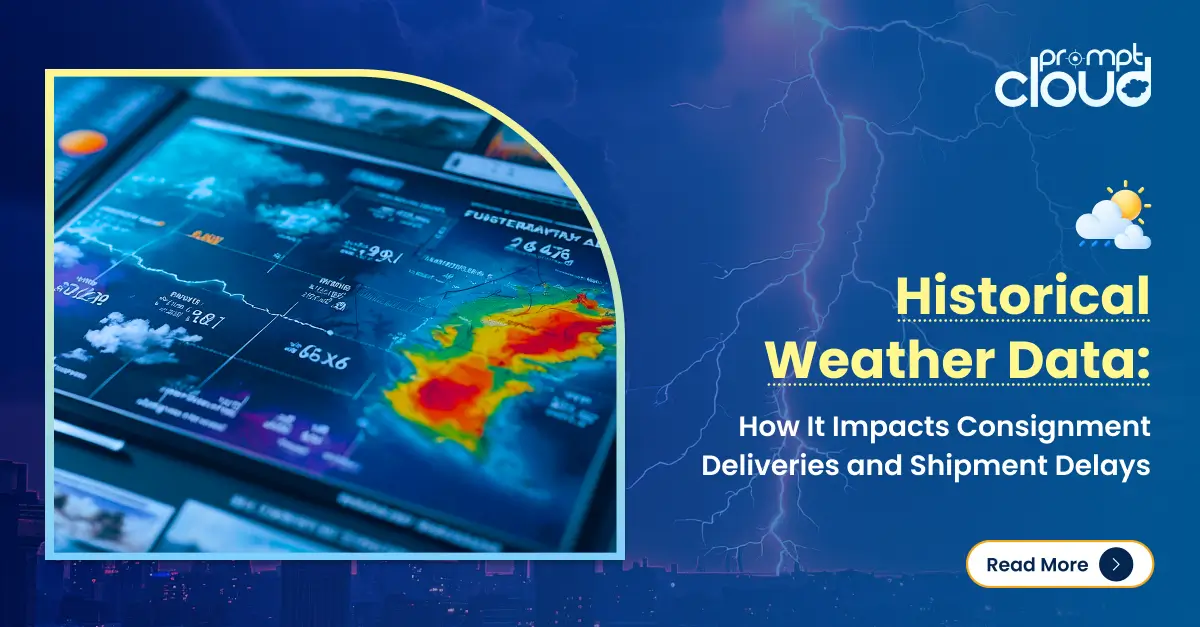
In the fast-paced arena of e-commerce, staying ahead isn’t just about speed – it’s about smart moves. As industry insiders, you know that the battlefield of business is won by those who harness the best strategies, adapting seamlessly to every curve and corner of the market landscape. But what if there was a hidden lever, one that could propel your business forward, ensuring you not only keep up with the market but set the pace? Let’s delve into the secret weapon that top e-commerce players are using to outmaneuver the competition and dominate their sectors.
Imagine a scenario where your pricing strategy adjusts dynamically, not just in response to competitors, but proactively in anticipation of changes in consumer demand and supply conditions. This capability could redefine the rules of engagement in e-commerce, transforming reactive business models into proactive market-leading machines. Join us as we explore how top-tier e-commerce players are utilizing real-time pricing data to sculpt a competitive edge that not only meets the market where it is but shapes where it is headed.

The Importance of Real-Time Pricing Data
Price is a primary determinant in consumer purchase decisions. In the dynamic e-commerce environment, prices can fluctuate based on various factors, including demand, competitor pricing, market trends, and inventory levels. Real-time pricing real-time is indispensable for staying competitive. This data doesn’t just influence pricing strategies; it fundamentally transforms them by providing the agility to respond instantly to market changes.
Whether it’s reacting to a competitor’s flash sale or adjusting prices in response to shifts in supply and demand, real-time data empowers businesses to make proactive, informed decisions. With this capability, companies can optimize their pricing to maximize profit margins, enhance customer satisfaction, and increase market share. Essentially, real-time pricing data acts as the pulse of the marketplace, giving businesses the critical insights needed to thrive in an environment where timing and price accuracy are key to success.
Moreover, the strategic application of real-time pricing data can significantly enhance a brand’s reputation for fairness and responsiveness, fostering customer loyalty in an increasingly competitive marketplace. Consumers today are more savvy and price-conscious than ever, often using price comparison tools and apps to find the best deals in real-time. By adopting similar technology to adjust pricing strategies proactively, businesses not only meet customer expectations but also preemptively engage customers with attractive pricing before they even start looking elsewhere. This forward-thinking approach ensures that businesses are not merely participants in the market but are actively shaping consumer behavior and preferences, leading to sustained growth and market presence.
Success in Action: How Amazon and Best Buy Harness Real-Time Pricing Data
Dynamic Pricing Strategy: Amazon.com
Amazon, the global retail giant, leverages advanced algorithms and real-time data to adjust prices on millions of products throughout the day. This approach not only keeps Amazon competitive against other retailers but also caters to consumer price sensitivity and maximizes sales volume. For example, during high-demand periods like the holiday season, Amazon’s pricing algorithms can change the price of popular gift items several times in a single day, optimizing for both competitiveness and profitability.
Competitive Monitoring: Best Buy
Electronics retailer Best Buy uses real-time pricing data to offer a price-match guarantee that has significantly enhanced customer trust and loyalty. By monitoring competitor prices and adjusting their prices accordingly, Best Buy ensures that they are always competitively priced, which is crucial in an industry where consumers are known to comparison shop aggressively.
Seasonal Demand Adaptation: Walmart
Walmart, another retail heavyweight, employs real-time pricing strategies to adjust to seasonal demand fluctuations effectively. Utilizing comprehensive data analytics, Walmart analyzes past purchasing trends and current market conditions to dynamically price items that are most relevant to the season. For instance, during back-to-school seasons, Walmart might adjust the prices on school supplies daily based on real-time data about competitor promotions and stock levels. This responsiveness not only ensures competitive prices but also aligns inventory management with actual consumer demand, reducing overstock and maximizing revenue during peak shopping periods. This strategic use of real-time pricing data underscores Walmart’s commitment to providing value to customers while maintaining market leadership.
Targeted Promotions: The Home Depot
The Home Depot leverages real-time pricing data to deploy targeted promotions that attract and retain customers. By analyzing current market trends and customer purchasing patterns, this home improvement giant can offer timely discounts on products that consumers are actively searching for. For instance, during major DIY seasons or unexpected weather events, The Home Depot might adjust prices on tools, building materials, or emergency supplies to meet increased demand. This strategy not only boosts sales during peak times but also enhances customer perception of The Home Depot as a responsive and customer-oriented retailer. By using real-time data to inform its promotional strategies, The Home Depot ensures it not only meets but often exceeds customer expectations, thereby fostering loyalty and encouraging repeat business.
Leveraging Real-Time Pricing Data
Implementing real-time pricing data is not just about changing prices but about understanding market dynamics deeply. Here are a few ways e-commerce businesses can leverage this data:
- Automated Pricing Tools: Utilize software that integrates with your product management system to monitor competitor pricing and demand patterns, automatically adjusting your prices based on predefined rules.
- Customer Segmentation: Analyze data to understand how different customer segments react to price changes and tailor your pricing strategy to different demographic and psychographic groups.
- Promotional Strategies: Plan promotions and discounts based on real-time market analysis. This can help in clearing out inventory that is about to become outdated or tapping into a surge in demand for specific products.
Conclusion
In today’s fast-paced e-commerce world, real-time pricing data is not a luxury – it’s a necessity. Businesses that can dynamically adjust their pricing strategies based on comprehensive, real-time data are better positioned to thrive in an increasingly competitive market. Whether you are a small retailer or a large conglomerate, integrating real-time pricing data into your business strategy can lead to improved sales, better customer satisfaction, and increased profitability.
For e-commerce businesses aiming to stay competitive, the integration of real-time pricing data into strategic planning is the key to maintaining an edge in the market. With tools like those offered by PromptCloud, businesses can harness the power of data to make smarter, more informed decisions faster than ever before. For custom data requirements, get in touch with us at sales@promptcloud.com



















